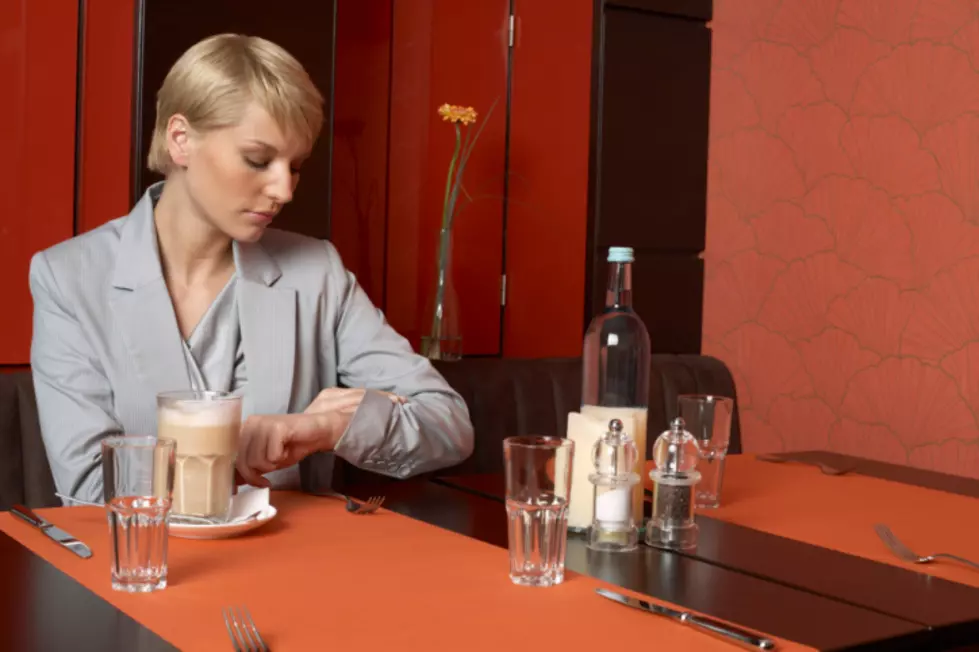
More people are dining alone
A table for one is becoming more common as more diners are opting to go solo.
A study from the NPD Group, a market research firm, finds 57 percent of "eating and beverage occasions" now occur when people are by themselves.
Snacking or grabbing a beverage accounted for the largest portion of patrons eating by themselves, followed by breakfast, lunch and dinner.
A shift in culture is largely behind the change in the stigma of eating alone according to Aaron Allen, Florida-based restaurant consultant. More employees are working remotely and young people living in cities rely on restaurants, coffee shops and bars as places to surf the web or read a book as well as eat something.
"Starbucks has credited a lot of their success to what they call 'the third place,' this idea that we have work, we have home, and then there is this third place - America's living room-type of environment," Allen said. "That's different than if we go back, 10, 20 or 30 years ago. It would have been much more uncomfortable to go into a full service or sit for several hours in a quick service restaurant like McDonalds because it would look suspicious."
Casual dining chains are finding new ways to accommodate the rise of single diners, including adding more two-seat tables, introducing communal seating, or adding more room at the bar will a full-service menu.
"Restaurants are actually trying to keep up with these things in terms of in terms of training and sensitivity of how staff interact with single diners. Things like offering them a newspaper or asking 'will anyone be joining you today?' instead of asking 'Just one,'" Allen said.
Allen said the benefit for restaurants is the increased turnover solo customers bring.
"Solo diners spend less time, there's less talking between courses, they tend to make up their mind faster," he said.
More From New Jersey 101.5 FM









